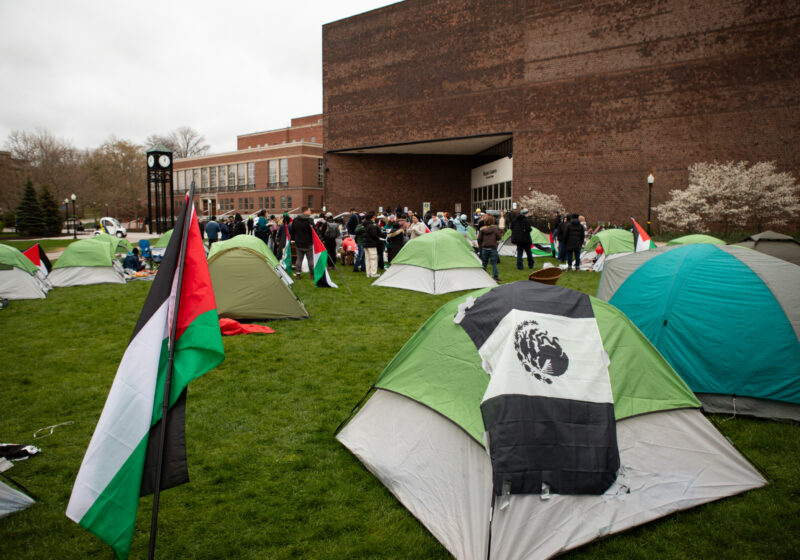We all know the clichd saying, ?When in Rome, do as the Romans do,? but the hard part is comprehending exactly what the Romans did.
For the past four days our group ? accompanied by our cultural professor, two Israeli archeologists and one art historian/architect ? traipsed through Rome studying various monuments to learn more about the Roman Empire and what it was all about.
With our group, we visited famous sites including the Forum, Colosseum, Trevi Fountain and catacombs. We also saw the Appia Antica, Victoria Emanuel monument, Pantheon and the Trajan column.
While in Rome, I found myself struggling to come to terms with the antiquity of the city.
On Saturday we spent a good deal of time trying to keep up with our energized, well-rested professors as we stumbled along an ancient Roman road called Appia Antica out in the country.
The road, which was constructed around the first or second century C.E., bears the scars of years of metal wagon wheels and demands your attention while you walk on its uneven surface. But for the most part, it has survived.
Looking at this ancient Roman road, it is almost impossible to grasp that it has existed for 2,000 years. The same incomprehensibility applies to the other monuments left by the Romans.
The Colosseum, although unusable at this point, still stands out against the skyline in the center of the city. Looking at it, one tries to visualize the crowds of people, the gladiators and the animals that were all part of the entertainment.
The Trajan column gives an even clearer picture of what the Romans did by depicting the triumphs of the Roman army.
The entire city is a living monument to the Romans. It is unique in that the remains and other reminders of the once vast and powerful empire can still be found amongst a prospering modern city.
It makes you wonder how such a seemingly advanced empire could fall, and how our civilization will come to an end, as it one day inevitably will.
? Ann CarrClass of 2003

